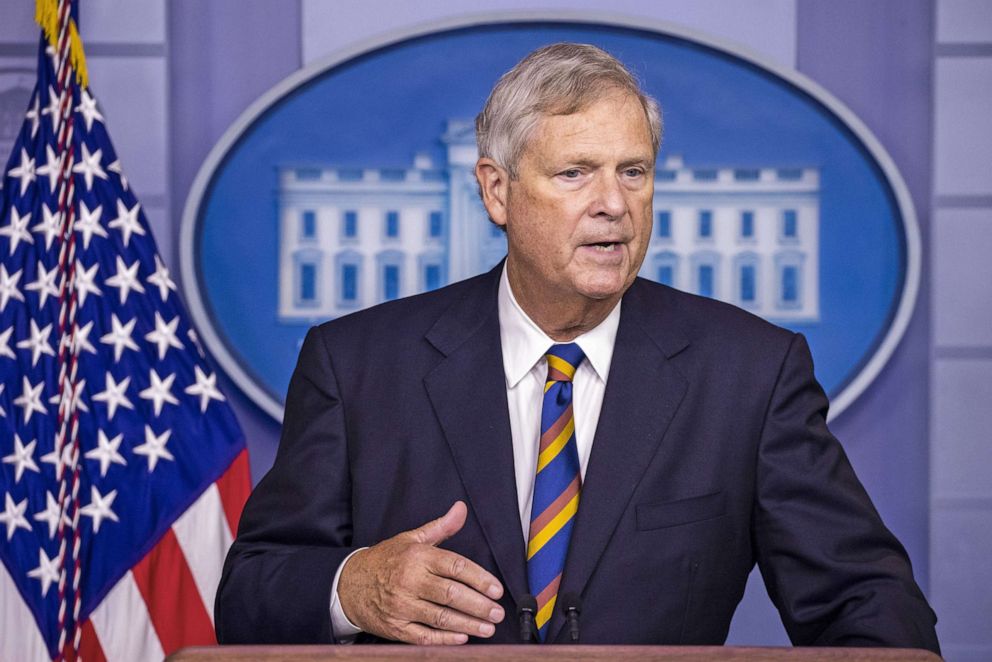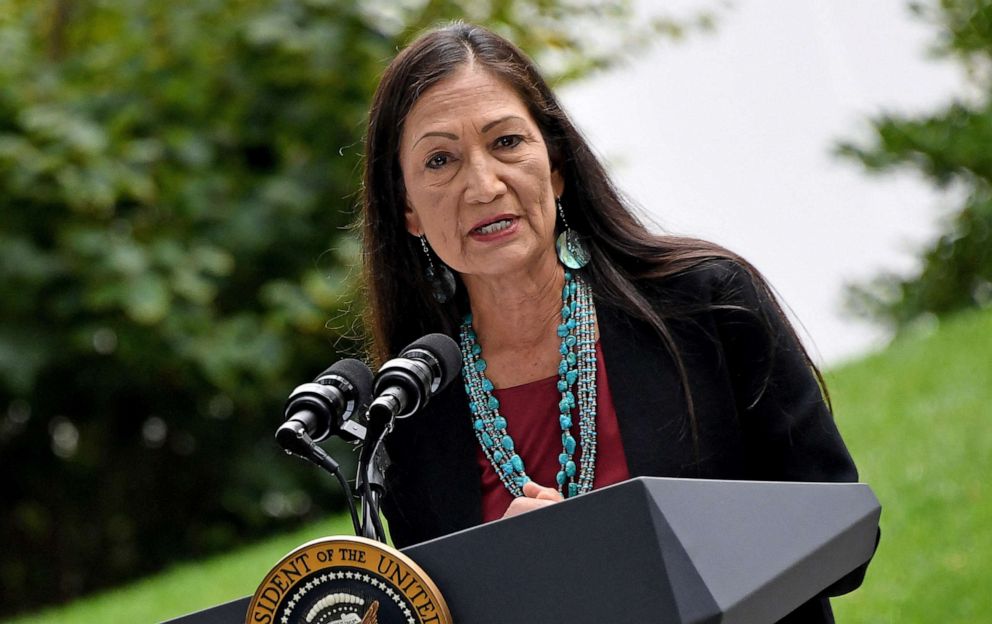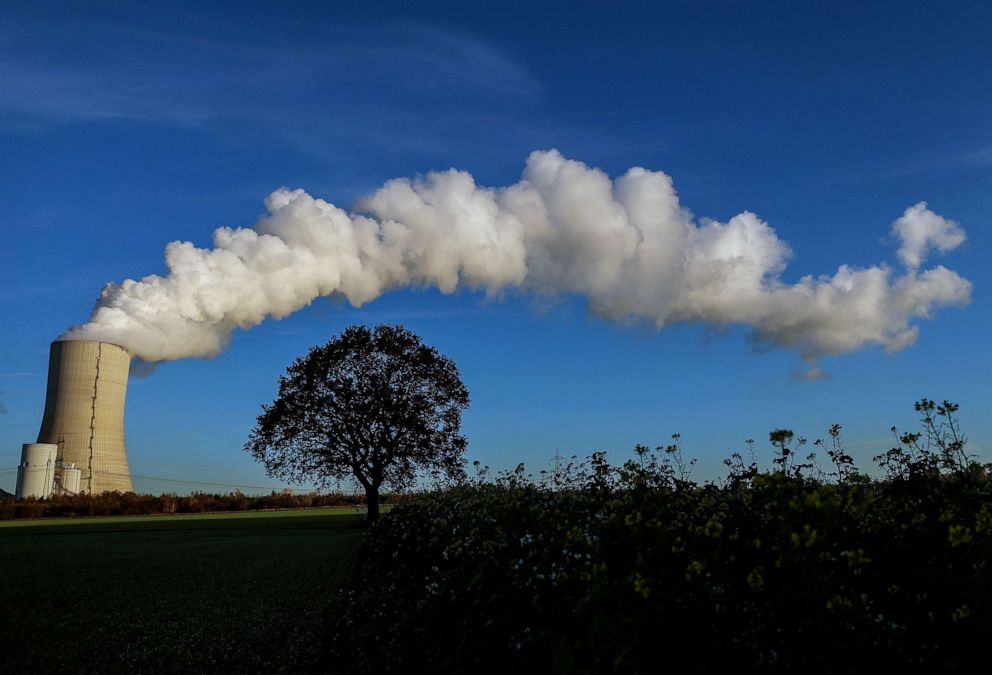US aims to 'dramatically' scale up carbon capture
The U.S. Department of Energy has announced a new goal to remove carbon dioxide (CO2) from the atmosphere and store it for less than less than $100 per metric ton.
The "Carbon Negative Shot" is the government’s first major effort in carbon dioxide removal, a key facet of its plan to achieve net-zero emissions by 2050, according to the DOE.

"By slashing the costs and accelerating the deployment of carbon dioxide removal — a crucial clean energy technology — we can take massive amounts of carbon pollution directly from the air and combat the climate crisis," said Secretary of Energy Jennifer M. Granholm
By midcentury, carbon dioxide removal will need to be deployed at the gigaton scale. One gigaton of subsurface sequestered carbon dioxide is the equivalent of approximately 250 million vehicles driven in one year.
The technology still requires significant investments in research and development, according to the DOE.
-ABC News' Stephanie Ebbs







